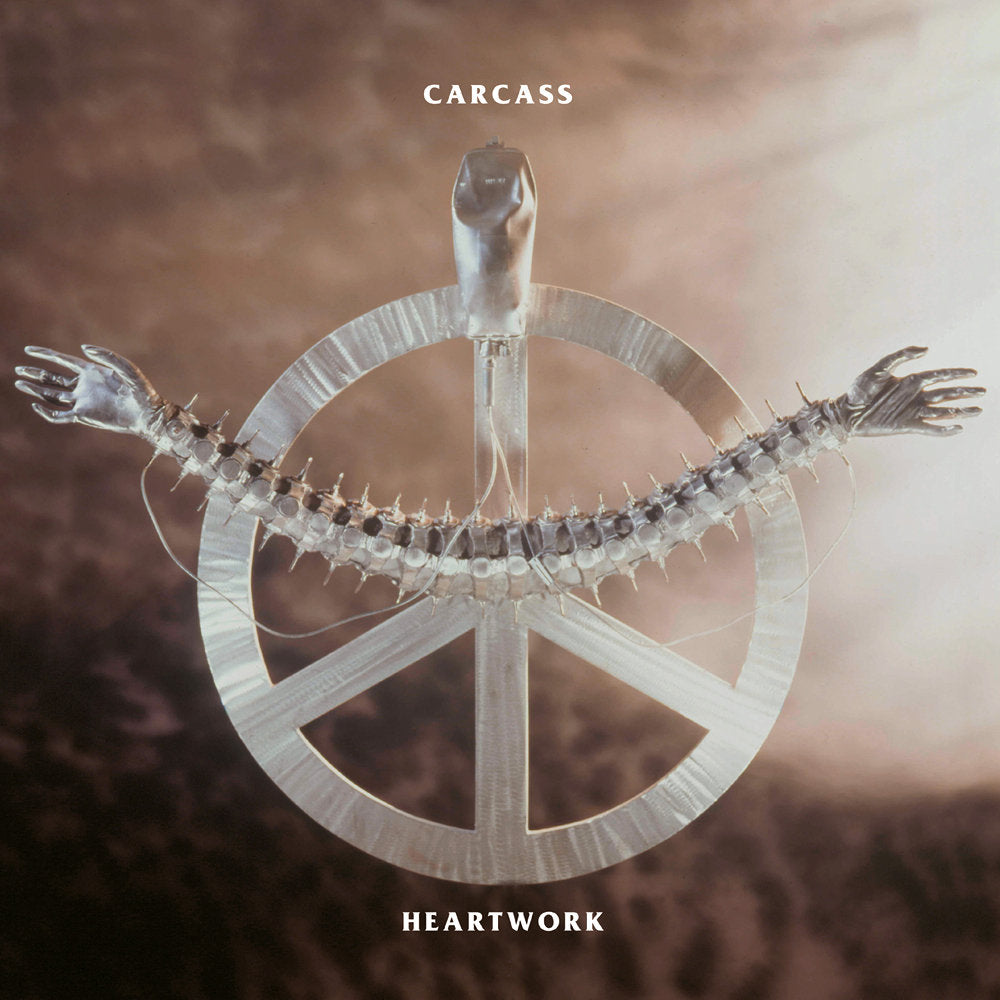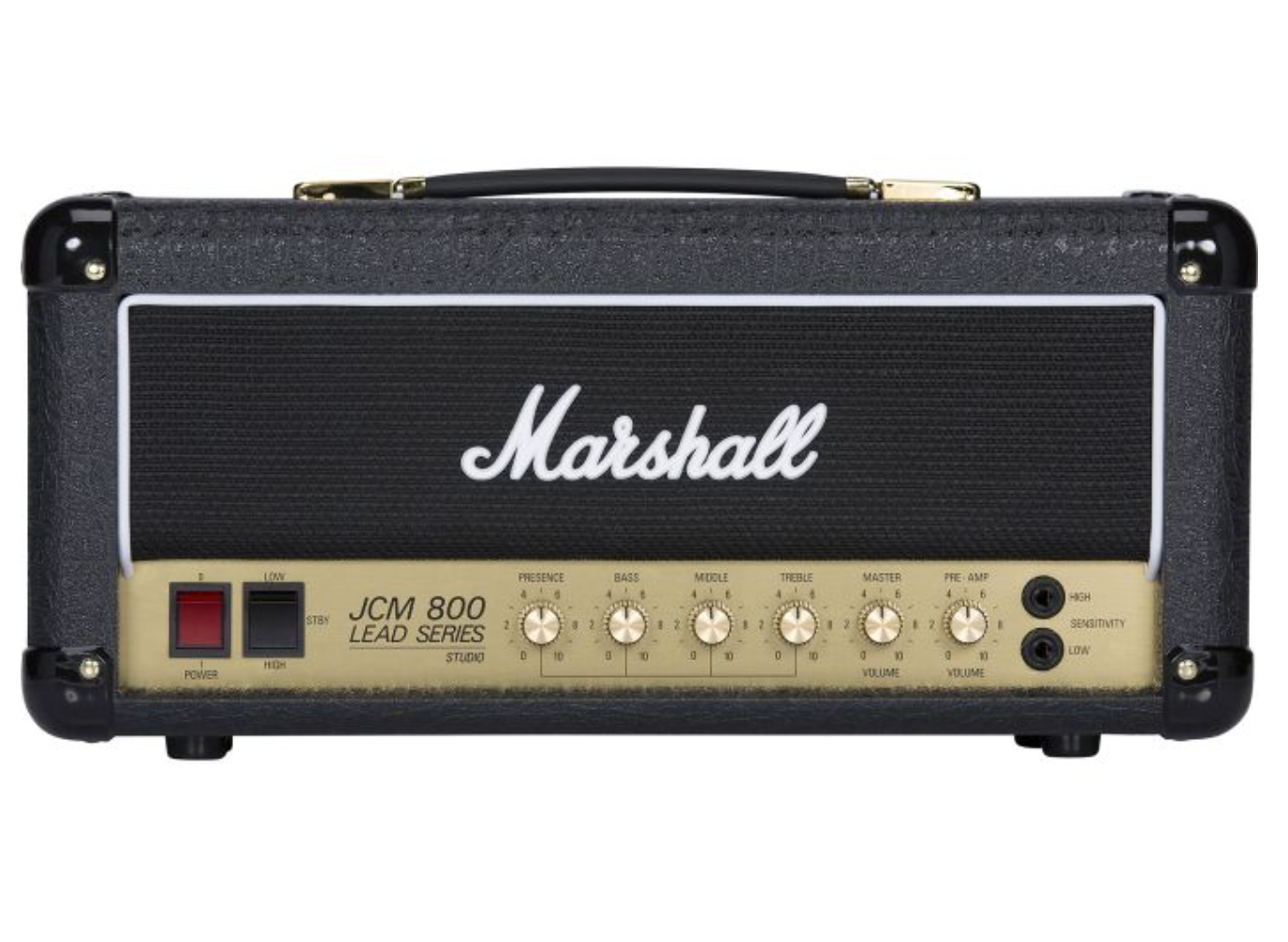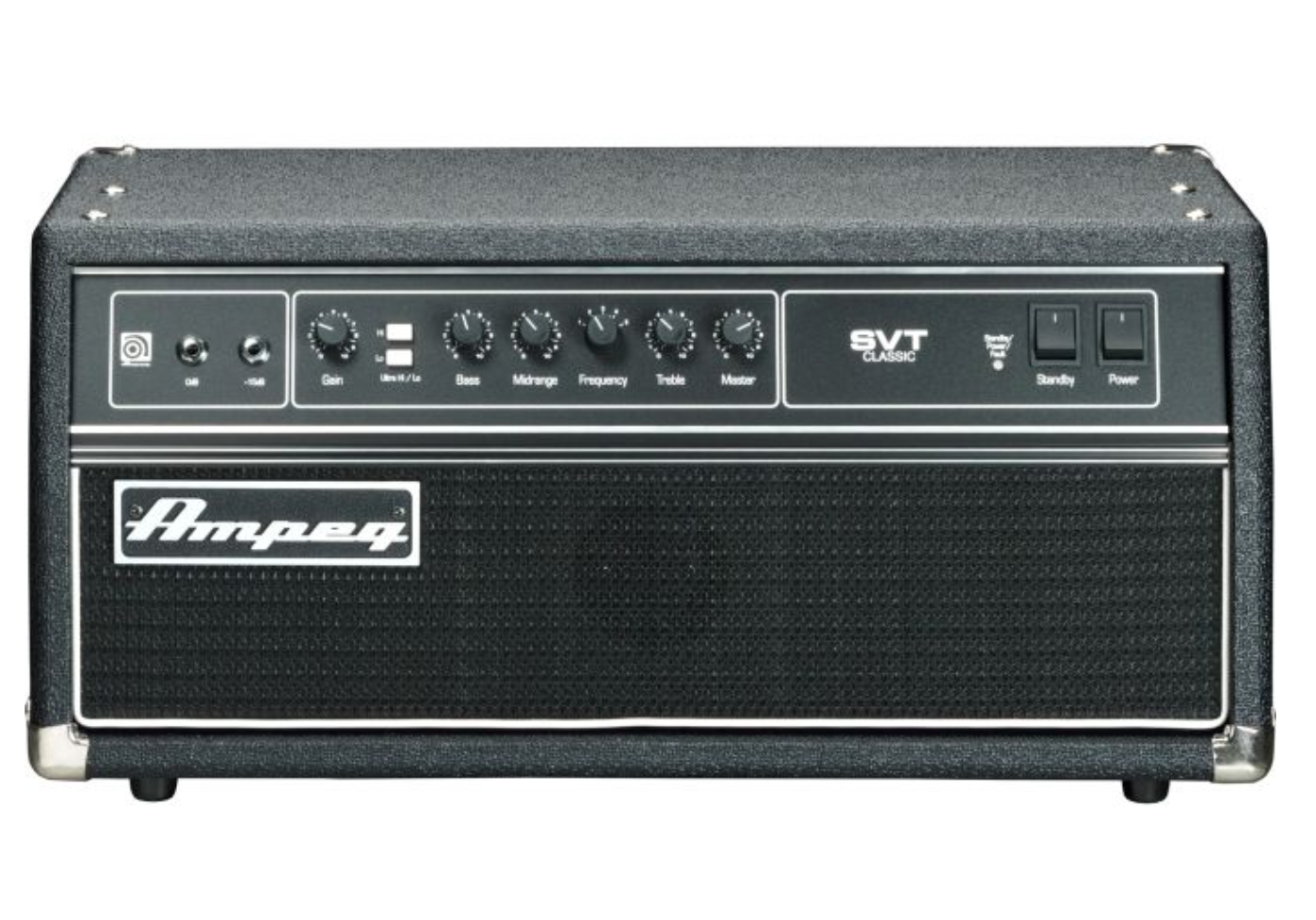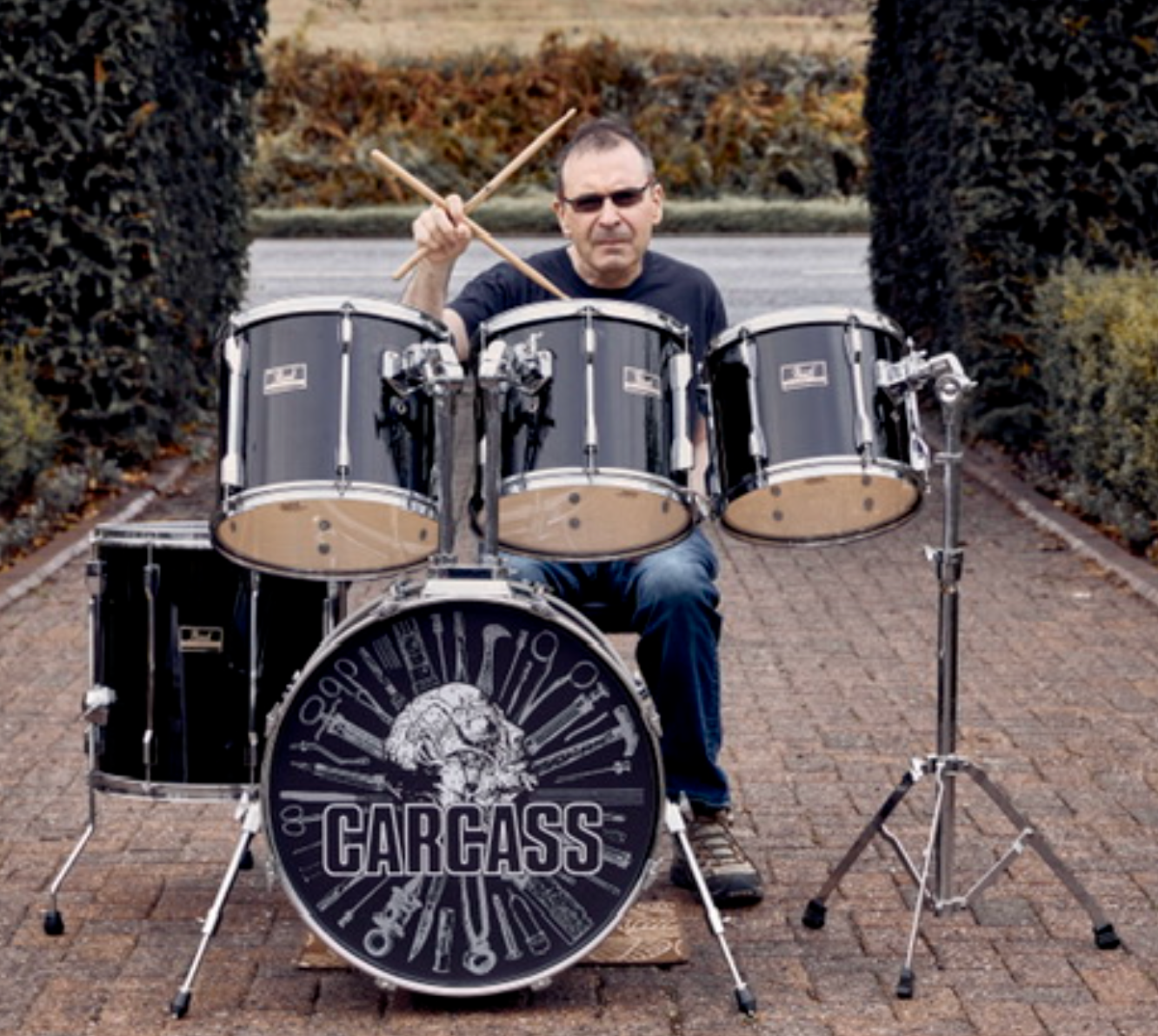


Classics: Carcass: Heartwork” (1993)
9.12.2023 | By Alex Haber
A Revolutionary Milestone in Death Metal
The evolution of metal music has seen countless subgenres emerge over the years, each pushing the boundaries of what was previously thought possible. One such subgenre, death metal, reached a defining moment of innovation with the release of Carcass's "Heartwork" in 1993. This album, often regarded as a seminal masterpiece, left an indelible mark on the world of death metal, thanks to its unique blend of technical prowess, melodic sensibility, and lyrical depth. In this article, we'll explore why "Heartwork" by Carcass was so revolutionary in the realm of death metal.

Technical Innovation
Carcass had already established themselves as pioneers of the extreme metal scene with their earlier releases, particularly their grindcore albums "Reek of Putrefaction" and "Symphonies of Sickness." However, with "Heartwork," the band took a bold step by incorporating a higher level of technicality into their music. The album showcased intricate guitar riffs, blistering solos, and complex song structures that set it apart from the more straightforward brutality of their previous work. This technical innovation would go on to influence countless death metal bands, inspiring a new generation of musicians to push their own boundaries.

Lyrical Depth
"In addition to its musical innovation, "Heartwork" also stood out for its thought-provoking and introspective lyrics. Carcass moved away from the gory, shock-value themes often associated with death metal and instead delved into more philosophical and emotional territory. Songs like "No Love Lost" and "Heartwork" explored themes of human relationships, introspection, and the human condition. This lyrical depth added an intellectual dimension to the album, demonstrating that death metal could tackle complex and meaningful subjects while retaining its ferocity.

Production Quality
"Heartwork" also marked a significant improvement in production quality compared to Carcass's earlier releases. The album was produced by Colin Richardson, known for his work with other prominent metal bands. The cleaner and more polished sound allowed the intricate musical details to shine through, contributing to the album's overall impact. The production quality of "Heartwork" set a new standard for death metal albums, influencing other bands to invest more in the production of their music, which would become a hallmark of the genre's evolution.
"Heartwork" by Carcass was a groundbreaking release in the world of death metal, a genre known for its extreme and often uncompromising nature. The album's technical innovation, melodic ingenuity, lyrical depth, and high production quality all combined to make it a revolutionary milestone. It pushed the boundaries of what death metal could be, inspiring countless bands to experiment with new sounds and themes. As we look back on the legacy of "Heartwork," it becomes clear that its impact on the evolution of death metal is nothing short of profound, solidifying Carcass's place in the annals of metal history.

Carcass's iconic 1993 album, "Heartwork," remains a landmark in the history of death metal. Beyond the band's compositional brilliance, the sonic prowess of this masterpiece owes much to the gear they employed during its creation. In this article, we will delve into the essential equipment and instruments that played a crucial role in shaping the distinctive sound of "Heartwork."
Bill Steer and Michael Amott, the guitarists of Carcass during the "Heartwork" era, favored Gibson Les Paul Custom guitars. These legendary instruments are known for their thick, sustain-rich tones, which added warmth and depth to the album's guitar work.

While Bill Steer primarily used Gibson Les Paul Customs, he also employed a Jackson Soloist for some of the album's lead guitar parts. The Soloist's sharp, cutting tones complemented the Les Paul's richness, contributing to the album's overall sonic diversity.
Michael Amott occasionally used an Ibanez RG550 during the recording of "Heartwork." The RG550's fast neck and bright tonal characteristics made it suitable for executing the album's intricate lead guitar passages.

Amplification
Carcass relied heavily on Marshall JCM 800 amplifiers to achieve their signature guitar tones on "Heartwork." These amps are known for their roaring overdrive, which helped shape the album's aggressive and powerful sound.
The Boss HM-2 Heavy Metal pedal played a significant role in defining Carcass's guitar sound. It was instrumental in creating the album's chainsaw-like, buzzsaw distortion, contributing to its brutal and cutting edge.

The Boss HM-2 Heavy Metal pedal played a significant role in defining Carcass's guitar sound. It was instrumental in creating the album's chainsaw-like, buzzsaw distortion, contributing to its brutal and cutting edge.

Bass Gear in Carcass
While Jeff Walker, Carcass's bassist and vocalist, is known for using a EKO 995 Violin Bass, a Fender Precision Bass is also very good to lay down the album's thunderous low end. The Precision Bass is renowned for its solid and punchy tone, which provided the album's rhythmic backbone.

To amplify his bass, Jeff Walker relied on the legendary Ampeg SVT bass amplifier. Known for its massive power and deep, resonant tones, the SVT delivered the crushing bass lines that underpinned "Heartwork."

Exploring Ken Owen Drums
Ken Owen, the band's drummer, used a Pearl Master's Series drum kit during the recording of "Heartwork." This kit's bright and punchy sound contributed to the album's precision and power.
Ken Owen favored Paiste cymbals, known for their crisp and cutting sound. These cymbals added a bright and shimmering quality to the album's drumming.
- Tama Starclassic Walnut / Birch
- 22” x 18” Kick Drum
- 10” x 8” Rack Tom
- 1x 18” x 16” Floor Tom
- 12” x 9” Rack Tom
- 18” x 16” Floor Tom
- Tama Abe Cunningham Signature Snare Drum
- Tama Roadpro Hardware
- Tama Speed Cobra Bass Drum and Hi-Hat Pedals
- Sabian Cymbals
- 17” AAX-Treme China18” Raw Bell Crash Brilliant
- 14” Artisan Hi-Hats
- 8” AAX Splash Traditional
- 19” HHX-Treme Crash Traditional
- 20” HH Power Bell Ride Brilliant
- 19” AA Holy China Brilliant
- 16” XSR Fast Stack
- Pro Mark 5B Drum Sticks
- Evans Drum Heads
- G2 Clear Batter Tom Heads
- G1 Clear Reso Tom Heads
- HD Dry Snare Batter
- UV EQ3 Kick Drum Batter
- ACS Custom In-Ear Monitors
The distinctive and influential sound of "Heartwork" by Carcass was shaped by a carefully chosen arsenal of guitars, amplifiers, and other gear. The combination of Gibson Les Paul Customs, Jackson Soloists, Marshall JCM 800 amps, Boss HM-2 Heavy Metal pedals, and other equipment created the perfect sonic landscape for the album's brutal yet melodic compositions. Jeff Walker's thunderous basslines, powered by a Fender Precision Bass and Ampeg SVT, added depth and weight, while Ken Owen's Pearl drum kit and Paiste cymbals provided the rhythmic foundation. Together, these elements formed a sonic tapestry that continues to inspire and influence the world of death metal and heavy music to this day.
